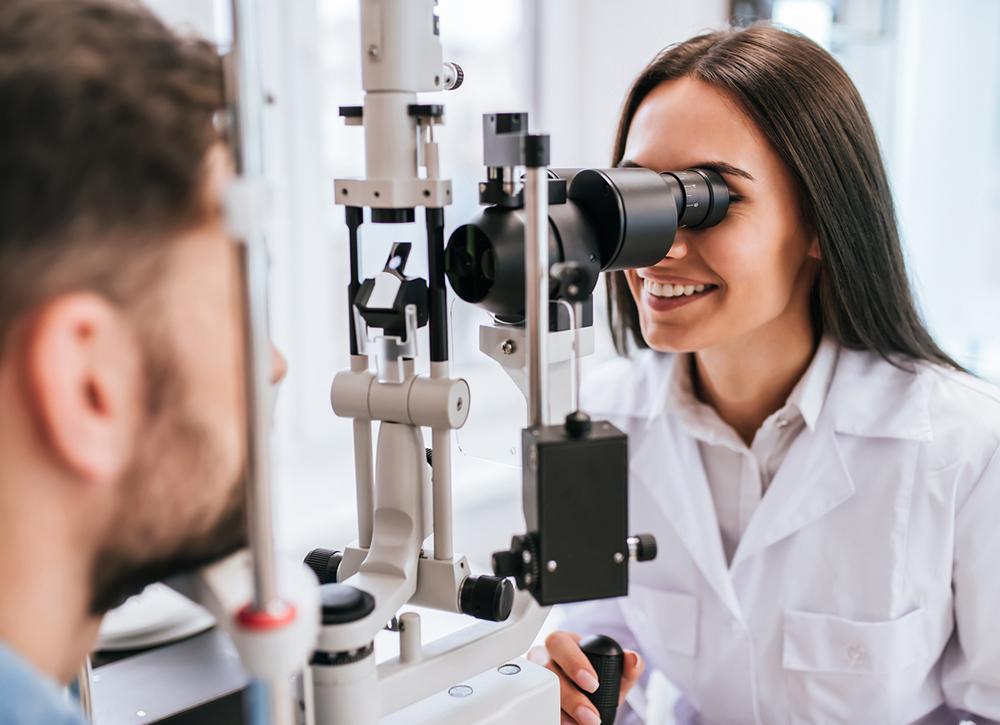According to media reports, the high-tech “bionic lens” invented by China and Canada can restore vision to normal in just 10 seconds. And the effect of correction is 3 times better than our usual 1.0 vision. This can simply be called supervision. What's more exciting is that there is no risk of sunken eyeballs caused by wearing glasses and complications after laser surgery.
So far, more than 1 billion people in the world suffer from myopia, which is undoubtedly the greatest good news for myopia patients. In fact, this kind of technology is not unprecedented. Similar technologies have appeared as early as 2005, and 500,000 cases have been carried out in more than 60 countries around the world. This technology is ICL.
ICL, Implantable Contact Lens
ICL, implantable contact lenses, are soft elastic gel lenses made of collagen polymer materials. In refractive surgery, ICL surgery can replace LASIK to correct myopia. The reason for its popularity is that the operation does not remove the corneal tissue and can produce high-quality visual effects. It is a high-end myopia correction program.
In 1953, the Italian doctor Benedetto Strampelli successfully implanted an intraocular lens in the anterior chamber of the eye to correct myopia for the first time. However, some complications have been found in clinical trials of chamber intraocular lenses, including the slow loss of corneal endothelial cells, contraction of the iris, adhesions of the surrounding anterior chamber, and oval pupils. In 1986, Fedorov designed the first posterior chamber intraocular lens, which eliminated most of the complications. Among the most widely used posterior chamber phakic eyes, the intraocular lens is Visian ICL V4 manufactured by STAAR Surgical. It was approved by the US Food and Drug Administration (FDA) in 2005 and it is currently used by 300,000 users worldwide.
ICL surgery
The operation is performed under local anesthesia, and the patient remains awake during the entire operation. The advantage of ICL is that it uses a unique material, collagen polymer, which can flexibly be wound into a roll and injected into the tip of an ICL special syringe, and then implanted into the posterior chamber of the eye through a small incision (2.2 mm). This process usually takes no more than ten minutes. After the operation, the patient can restore vision immediately, usually within 1-2 days for a full recovery.
The difference between ICL and LASIK
LASIK (Excimer Laser Surgery) is a more common type of refractive surgery that improves vision by changing the refractive power of the cornea. The difference between LASIK and ICL is that LASIK is performed on the Keratoconus, while ICL is to insert the lens into the posterior chamber of the eye while maintaining the structure of the cornea. If the vision changes with age in the future, the ICL can be removed or replaced, while LASIK surgery cannot restore the removed corneal tissue.
The suitable population for intraocular surgery is adults with stable refractive index, and the refractive power is between 200 and 2000. Some people are not suitable for intraocular surgery. First of all, minors and people with eye trauma are not suitable for intraocular surgery. Patients with hormonal instability, such as pregnant women, breastfeeding women, etc., are more likely to have unstable refractive power, so you should discuss this with your doctor before surgery. For example, the patient himself has an immune disease or an immunodeficiency state such as diabetes. Also, people are taking some drugs (such as tretinoin and steroids. These conditions may hinder the efficacy of intraocular surgery. Intraocular surgery also has sequelae. Any medical treatment has certain risks, and the risk of ICL is to cause initial cataracts.





































